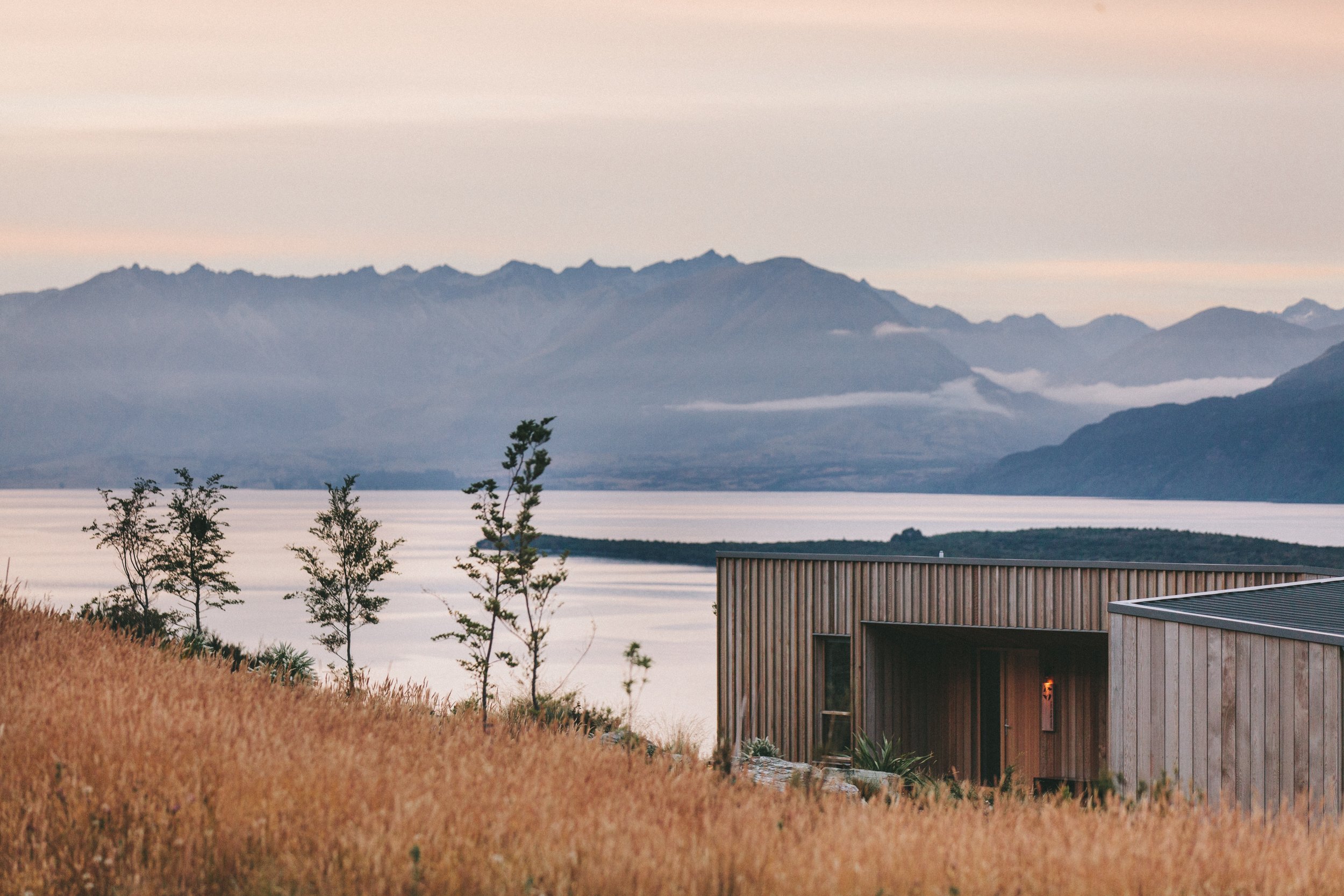Understory Control
BEST MANAGEMENT PRACTICE
Fire exclusion has created favorable conditions for invasive plants in oak habitats, displacing native understory vegetation and in some cases (e.g. English ivy) threatening oak trees themselves.
The most common invasives in oak habitats are Himalayan blackberry, English Hawthorne, Scotch broom, and English ivy. Dealing with invasives often requires ongoing, sustained treatment.
Addressing invasive species as part of an oak restoration project can be challenging for several reasons.
The first is that there is often not a quick or easy fix for getting and keeping invasives under control. Once an initial problem - such as extensive blackberry or Hawthorn in the understory or extensive English ivy growing up the trunks of trees or making it into the overstory - has been dealt with, it usually takes regular intervention to keep the invasive species’ in check.
The second is that herbicide application is a commonly prescribed treatment option to address some invasives. While effective in killing off problematic plant species, there are many human health and ecological concerns about use of these chemicals. A plan for managing invasives should be developed in partnership with a restoration professional to ensure the approach aligns with the resources and values of a land manager or owner.
GUIDELINES
Ideally, invasives should be treated in all areas. Non-herbicide treatment options include:
Brushing/mowing/trimming: use of powered machinery to cut down above ground vegetation of invasive plants
Hand pulling: just what it sounds like; for example - pulling ivy off of tree trunks or pulling plants out of the ground; usually also includes use of snips or shovels to aid in getting roots out (best done when soil is moist)
Solarization: covering plants with plastic to heat up the soil and kill off plants; must be done in summer when temperatures are high
Prescribed fire: planned/controlled burns designed to achieve specific management objectives such as fuel reduction or invasive species control; permits and expertise are required for this treatment approach.
Note - this is a higher priority for areas where oaks have not fully established and/or are under 20 feet in height. Control of invasives can be expensive if the area is heavily infested and requires yearly interventions to keep the weedy vegetation from coming back due to the large seedbank. Once oaks are established and greater than 20 feet in height, they are generally not inhibited by exotic underbrush, however, the wildlife habitat value of those oaks is diminished until such time that the invasive understory is replaced with native species.
This website, created by Pleasant Valley Conservancy in Wisconsin, has a good overview of invasive species management though it does advocate heavily for the use of herbicides: https://oaksavannas.org/invasives.html


